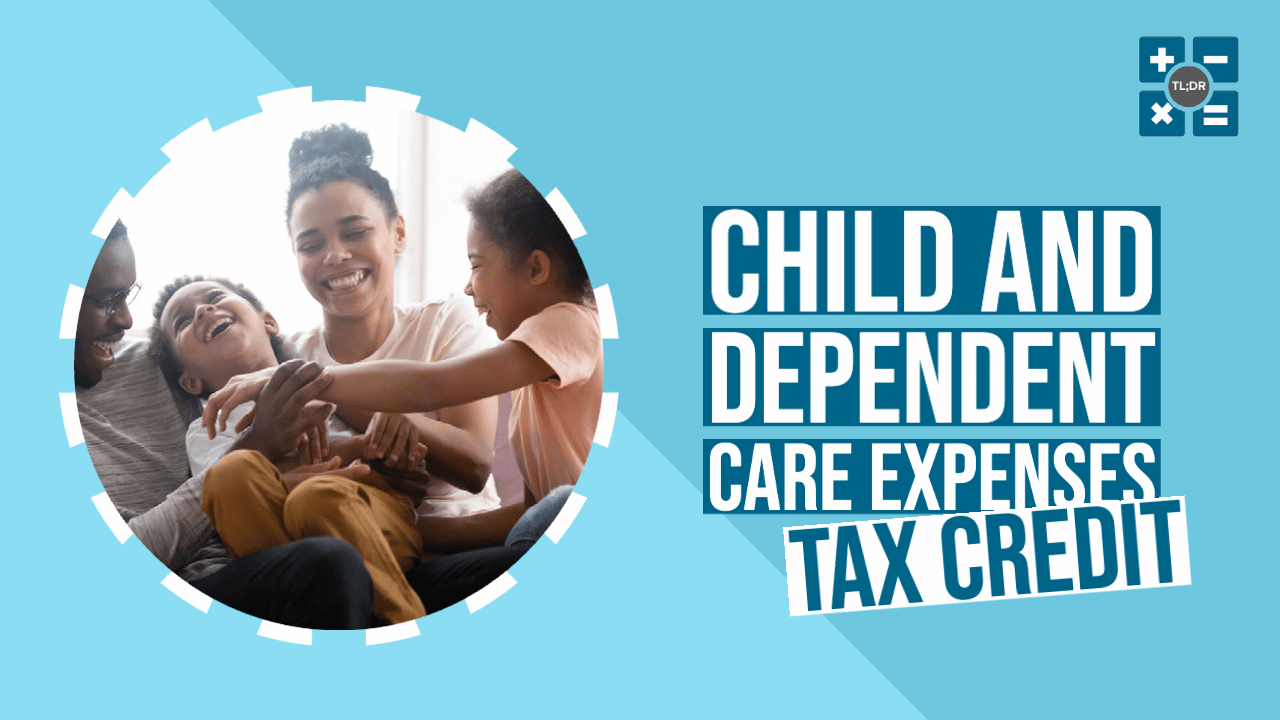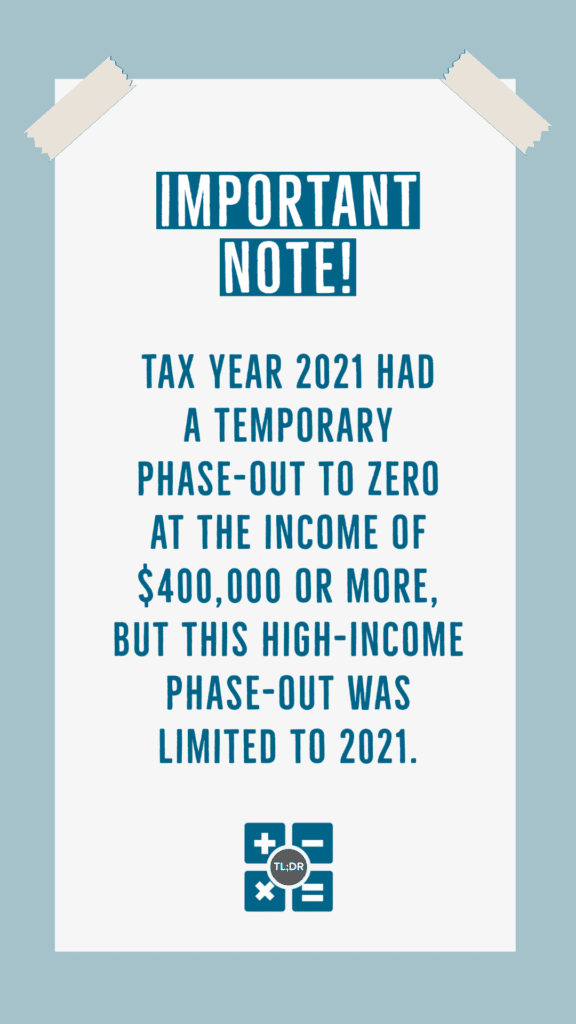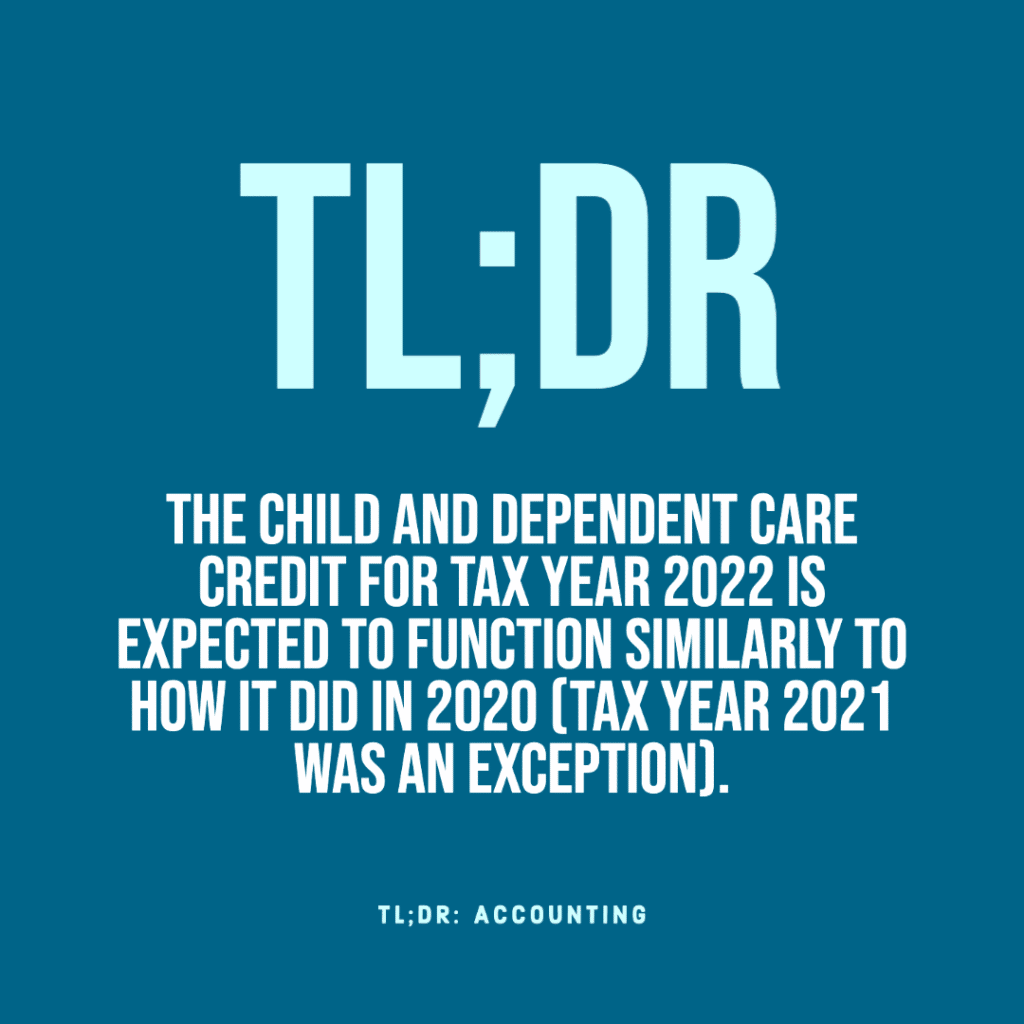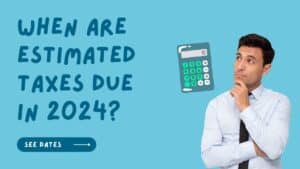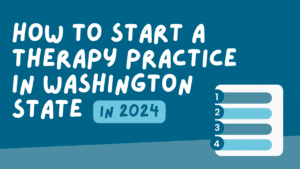One of the best tax credits for taxpayers with children or other dependents is the Child and Dependent Care Expenses credit. If you have one or more dependents, it’s worth claiming this credit because it is:
- Simple to qualify for
- Sizable in dollar amount, compared to the complexity of the form
Though the end of the year is still a ways off, it’s good to keep a few things in mind if you plan to take this credit when you file your taxes. We’re going to cover the kinds of expenses that are eligible for these credits, other requirements you must fulfill, and important forms you’ll want to hold onto.
Note: The Child and Dependent Care Credit is not to be confused with the “Credits for Qualifying Children and Other Dependents” that you see on Form 8812. That’s a subject for a different article.
Also Note: The 2021 version of the Child and Dependent Care Credit was temporarily changed due to the American Rescue Plan Act. The changes were very broad and sweeping, changing much about the nature of the credit. We are assuming that these 2021-specific provisions will end as planned and not be renewed.
What Expenses Are Eligible for the Child and Dependent Care Expenses Tax Credit?
To earn this credit, you must incur qualified expenses for a qualifying individual.
According to the IRS, a qualifying person is:
- Your qualifying child who is your dependent and who was under age 13 when the care was provided (but see Child of divorced or separated parents or parents living apart, later);
- Your spouse who wasn’t physically or mentally able to care for himself or herself and lived with you for more than half the year; or
- A person who wasn’t physically or mentally able to care for himself or herself, lived with you for more than half the year, and either:
- Was your dependent, or
- Would have been your dependent except that:
- He or she received gross income of $4,300 or more,
- He or she filed a joint return, or
- You, or your spouse if filing jointly, could be claimed as a dependent on someone else’s 2021 return.
[Special Note: The above rules are only for the Child and Dependent Care Credit. The IRS has a different set of rules for qualifying individuals for other credits.]
Qualified expenses are expenses that are “primarily for the care of the individual,” and the purpose of these expenses, of course, is for someone to care for your dependent while you earn income. If your care provider works in your home, they may count as a household employee, in which case you may need to withhold payroll tax and issue them a W-2 at year-end.
Though this temporarily changed for the tax year 2021, up to $3,000 of annual dependent care expenses for one qualifying individual are typically eligible for the credit (for two or more individuals, it is up to $6,000 in expense).
Income Thresholds and Other Requirements
Your up-to-$3,000 (or $6,000) in expenses is multiplied by a percentage depending on your Adjusted Gross Income (AGI). If your AGI is $15,000 or less, you can take a full 35% of expenses as a credit as long as you otherwise qualify. The percentage phases out slowly until AGI is $43,001 or more, in which expenses are multiplied by 20%.
(Tax year 2021 had a temporary phase-out to zero at the income of $400,000 or more, but this high-income phase-out was limited to 2021.)
Now, note that above we said “as long as you otherwise qualify.” For your above-listed expenses to qualify for the tax credit, you must have at least as much earned income as you paid in childcare expenses. Per the IRS:
Earned income includes wages, salaries, tips, other taxable employee compensation, and net earnings from self-employment.
For W-2 employees, having enough earned income to qualify for your full amount of childcare expense probably isn’t an issue. Problems may arise if you or your spouse work in self-employment, because self-employed people can spend a full year working hard building a business and experience low earnings or a net operating loss (NOL).
Also, if you are married and you file separately (MFS), you will not qualify for the full credit. You may qualify for a reduced credit.
Note: There are thresholds for employer-provided dependent care benefits on Page 2 of the Child and Dependent Care Expenses (Form 2441). Employer-provided benefits are outside the scope of this article.
Information to Keep Handy
In order to take the Child and Dependent Care Expense credit on your 1040 tax return, you must collect the following information, or make a reasonable attempt to collect from each care provider:
- Provider name (business name or individual name)
- Address
- Taxpayer Identification Number (TIN). This would be either the Employer Identification Number (EIN) that the provider may have if they’re a business or their Social Security Number.
- (Note that if the care provider is a tax-exempt organization like a church, you don’t need a TIN for them)
- The amount of childcare expenses you paid to the provider for the entire tax year. Remember that you can only deduct up to $3,000 or $6,000 of these expenses for all providers, depending on how many qualifying persons you have.
If you have a household employee (such as a nanny), we recommend that you pay for a service to run their payroll for you and provide you with a W-2 and a Schedule H. Schedule H is a form you need to complete on your 1040 tax return if you have any household employees — it is not limited to childcare providers.
TL;DR: The Child and Dependent Care Credit for tax year 2022 is expected to function similarly to how it did in 2020 (tax year 2021 was an exception). If you pay someone to provide care for a qualifying dependent so that you and/or your spouse can earn income, it’s likely that you will be able to take a $600 credit for one child or a $1,200 credit for two or more children. Be sure to contact your childcare provider to request their TIN because you’ll need it for your tax return!

